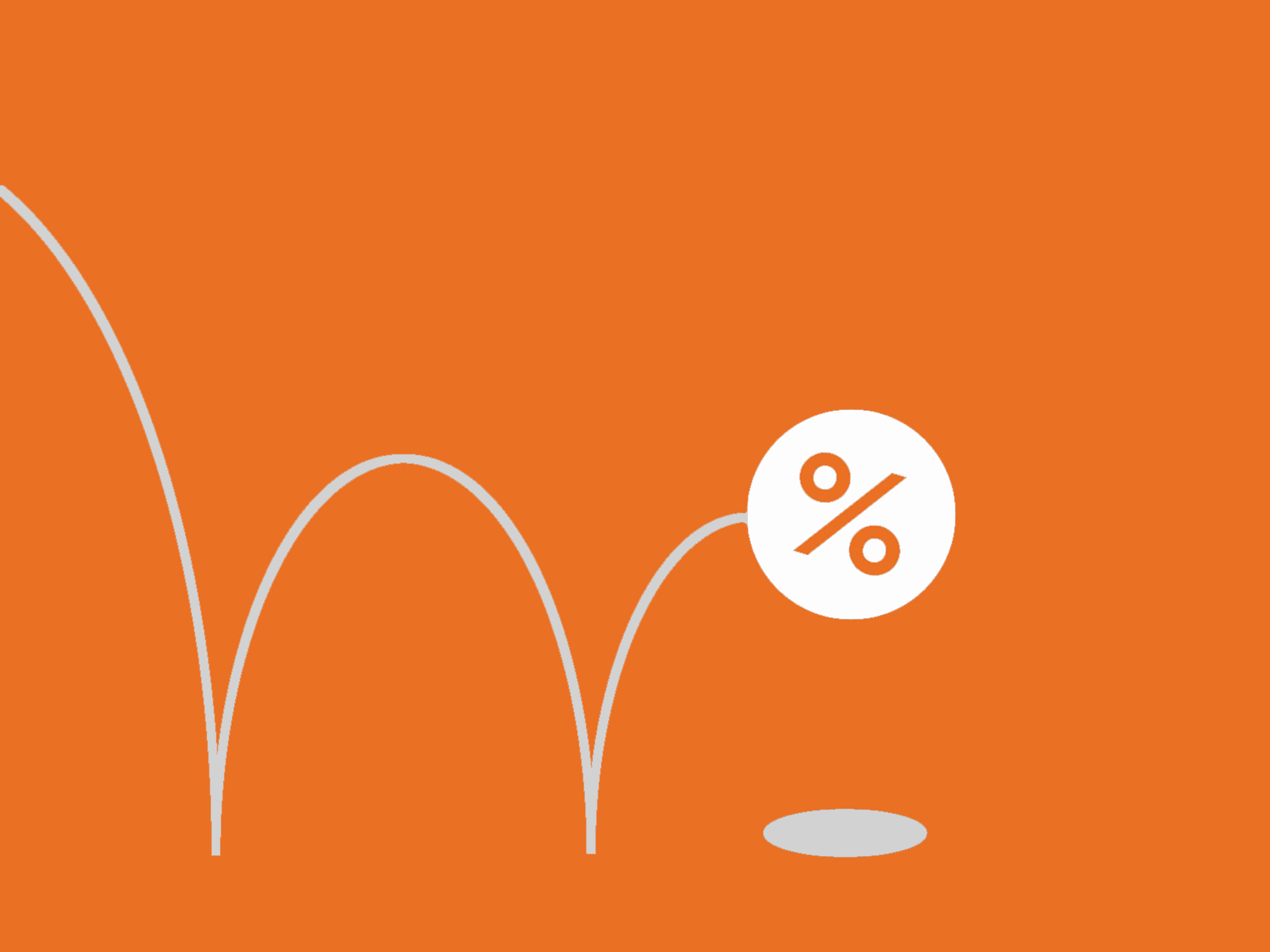What is a condition of financing?
When making an offer to buy a home, it's fairly routine to make that offer conditional on arranging financing. That means your offer can be withdrawn if you're unable to arrange the mortgage required to complete the sale.
But in a hot real estate market, buyers often find themselves either omitting or waiving the financing condition in order to help seal the deal. All other things being equal, a seller will generally find an offer without conditions to be more attractive. What are the implications and risks of not having a condition of financing in place?
Risks of omitting or waiving condition of financing
If you omit or waive the condition of financing and are unable to arrange the financing you need, you face financial implications. Without financing, you will probably not be able to close the purchase transaction. If this happens, you'll likely forfeit your deposit and you also risk being sued by the seller for damages.
If you can arrange financing, but for a lower amount than you were expecting, you'll have to pay the difference out of pocket. That can happen if your lender's appraisal of the home is lower than your purchase offer price, in which case, they'd approve you for a lower mortgage than you were expecting.
It's also possible for the seller to sue you if your inability to close the deal negatively impacts the value they ultimately get for the home when they do sell.
Losing your deposit
When you make your offer, the larger your deposit is, the more attractive your offer is to the seller. But there is no standard amount required for deposits.
In some areas in Canada, deposits can be under $1,000. But in the more heated markets of Toronto and Vancouver, 5% (or higher) is more typical. Whatever that amount is, that's generally what you stand to lose if you're unable to secure financing for your accepted offer - unless you have a condition of financing in place.
Getting approved for a lower amount than expected
Let's say a home is listed at $400,000 and you have a 5% down payment in mind ($20,000). After a bidding war, you end up offering $450,000 without a condition of financing in place. The lender appraises the home at $425,000. They offer you a mortgage of 95% of that value, or $403,750. That means you'd have to come up with an additional $26,250 on top of your original $20,000 down payment to close the deal.
Carefully consider the risk of waiving
Losing a deposit or having to find thousands of dollars to top up your down payment can be financially crippling.
You can avoid these problems by carefully considering the risks of omitting or waiving a financing condition. A mortgage pre-qualification is not enough to rely on, because it's essentially just a calculation that tells you, based on the numbers you provide, how much you could qualify to borrow.
A mortgage pre-approval is a bit more in-depth, with lenders wanting to check out your numbers in detail and performing a credit check, but it's not a guarantee that they'll extend a mortgage to you just yet. If there's anything out of the ordinary about the home you make an offer on, if you've bid more than what the bank thinks is appropriate or if your circumstances change since the date of the pre-approval, the lender may decline to provide the mortgage.
Prudence suggests sticking with a condition of financing until you actually have financing secured for the deal you've made an offer on. Not having that condition before the ink has dried from your lender is a risk. However, in a hot market, there are many people who will take on this risk in order to avoid losing out on getting their ideal home.
Before you decide to forego or waive a condition of financing, discuss with your lawyer and real estate agent to make sure you understand the risks.

